Angled pergola brackets, with their unique design, offer a stylish and practical solution for pergola construction, enhancing both the aesthetics and functionality of these outdoor structures. Explore the various materials, installation methods, and applications of angled pergola brackets to create a stunning and durable pergola that complements your outdoor space.
From modern to rustic designs, angled pergola brackets provide versatility in pergola construction, catering to diverse architectural styles and preferences. Their durability ensures longevity, while proper installation and maintenance guarantee safety and optimal performance.
Design Features: Angled Pergola Brackets
Angled pergola brackets, distinguished by their unique design, serve a critical role in pergola construction. These brackets are engineered with an angled shape, enabling them to connect pergola beams at an angle, rather than perpendicularly as in traditional pergolas. This angled design introduces several advantages that enhance both the aesthetics and functionality of pergolas.
The primary purpose of angled brackets is to create a sloped or slanted roofline for the pergola. This sloping design allows for effective water drainage, preventing water accumulation and potential damage to the pergola structure. Moreover, the angled roofline adds a touch of visual interest and architectural flair to the pergola, making it a visually appealing outdoor feature.
Enhanced Aesthetics
- Angled brackets create a unique and visually striking roofline, enhancing the overall aesthetics of the pergola.
- The sloping roofline adds a dynamic element to the pergola, making it a focal point in the outdoor space.
- The angled design allows for customization and creativity in pergola design, enabling homeowners to create pergolas that complement their architectural style and personal preferences.
Improved Functionality
- The sloped roofline facilitates efficient water drainage, preventing water from pooling on the pergola and potentially damaging the structure.
- Angled brackets provide additional support to the pergola beams, enhancing the overall stability and durability of the structure.
- The angled design allows for easy installation of shade fabrics or climbing plants, creating a shaded and inviting outdoor space.
Materials and Durability
Angled pergola brackets are typically made from various materials, each offering unique characteristics and durability. The choice of material depends on factors such as the size and weight of the pergola, environmental conditions, and desired aesthetics.
Metals
- Aluminum: Lightweight, corrosion-resistant, and strong, making it suitable for outdoor use. Aluminum brackets are available in different alloys, with 6061-T6 being commonly used for its strength and durability.
- Steel: Strong and durable, but heavier than aluminum. Steel brackets are prone to rust if not properly coated or galvanized.
- Stainless Steel: Highly resistant to corrosion and rust, making it ideal for coastal areas or environments with high moisture levels. Stainless steel brackets are more expensive than aluminum or steel.
Wood
- Cedar: Naturally rot-resistant and durable, making it a popular choice for outdoor structures. Cedar brackets are lightweight and easy to work with.
- Redwood: Similar to cedar in terms of durability and resistance to rot. Redwood brackets are slightly heavier than cedar.
- Pressure-Treated Lumber: Regular lumber treated with preservatives to enhance resistance to rot and insects. Pressure-treated brackets are more affordable than cedar or redwood.
Other Materials
- Vinyl: Lightweight, durable, and low-maintenance. Vinyl brackets are not as strong as metal or wood, but they are resistant to rot, insects, and fading.
- Composite: A blend of wood fibers and plastic, offering a combination of durability and aesthetics. Composite brackets are resistant to rot, insects, and moisture.
When selecting the right material for angled pergola brackets, consider the following factors:
- Size and Weight of Pergola: Heavier pergolas require stronger materials like steel or stainless steel.
- Environmental Conditions: For areas with high moisture or coastal environments, corrosion-resistant materials like stainless steel or vinyl are recommended.
- Desired Aesthetics: Wood brackets provide a natural look, while metal or vinyl brackets offer a more modern aesthetic.
Installation Methods
Installing angled pergola brackets involves several steps. Follow these instructions carefully to ensure a secure and stable installation:
Materials Required
- Angled pergola brackets
- Screws or bolts
- Drill or screwdriver
- Level
- Measuring tape
Step-by-Step Instructions, Angled pergola brackets
- Determine the location: Measure and mark the desired location for the pergola brackets. Ensure they are evenly spaced and aligned.
- Drill pilot holes: Use a drill to create pilot holes for the screws or bolts. This will prevent the wood from splitting.
- Attach the brackets: Position the angled pergola brackets over the pilot holes and secure them with screws or bolts. Use a level to ensure they are installed plumb.
- Install the beams: Place the pergola beams on top of the angled brackets and secure them according to the manufacturer’s instructions.
- Check stability: Once the pergola is assembled, check its stability by applying pressure to the beams. Adjust the brackets or beams as necessary.
Tips
- Use corrosion-resistant screws or bolts to prevent rust.
- Countersink the screws or bolts slightly below the surface of the wood to prevent snagging.
- Apply a sealant to the joints to protect them from moisture and extend their lifespan.
Types and Applications
Angled pergola brackets vary in shape, size, and angle to accommodate diverse pergola designs and functional requirements. Understanding these variations helps in selecting the most suitable brackets for specific applications.
Angled pergola brackets provide a secure and stylish way to connect pergola beams at an angle. For those seeking a more robust option, consider 4×4 pergola brackets. These heavy-duty brackets are designed to support larger beams and create a sturdy pergola structure.
Angled pergola brackets, whether for 4×4 beams or smaller sizes, offer a versatile and durable solution for any pergola project.
Shapes and Sizes
- L-shaped brackets: Most common, forming a 90-degree angle, available in various sizes to support different pergola dimensions.
- T-shaped brackets: Similar to L-shaped, but with an additional arm perpendicular to the main bracket, providing extra support for larger pergolas.
- X-shaped brackets: Form an X shape, providing diagonal support, enhancing stability and aesthetics.
Angles
Bracket angles determine the pitch and slope of the pergola roof. Common angles include:
- 45-degree brackets: Create a 45-degree pitch, ideal for drainage and sun shading.
- 60-degree brackets: Provide a steeper pitch, suitable for areas with heavy rainfall or snow accumulation.
- Adjustable brackets: Allow for customized pitch adjustment, accommodating different roof materials and design preferences.
Applications
Angled pergola brackets are versatile and find applications in both residential and commercial settings:
- Residential pergolas: Create shaded outdoor living spaces, patios, decks, and walkways.
- Commercial pergolas: Provide shade and shelter for outdoor dining areas, seating areas, and walkways in restaurants, cafes, and public spaces.
- Freestanding pergolas: Stand alone as decorative structures or provide support for climbing plants and vines.
Cost and Maintenance
Angled pergola brackets vary in cost depending on factors such as the material, size, and complexity of the design. Steel brackets are generally more expensive than aluminum or wood brackets, while larger brackets and those with intricate designs may cost more than simpler models. Labor costs for installation will also vary depending on the size and complexity of the project, as well as the location and availability of qualified contractors.
To ensure the longevity and appearance of angled pergola brackets, regular maintenance is essential. This includes cleaning the brackets to remove dirt and debris, inspecting them for signs of damage or corrosion, and tightening any loose bolts or screws. It is also important to protect the brackets from harsh weather conditions by applying a sealant or coating.
Industry standards and best practices for bracket maintenance include:
– Using galvanized or stainless steel brackets for outdoor applications to prevent rust and corrosion.
– Applying a sealant or coating to the brackets to protect them from the elements.
– Inspecting the brackets regularly for signs of damage or wear and tear.
– Tightening any loose bolts or screws as needed.
– Cleaning the brackets with a mild detergent and water solution.
By following these tips, you can help ensure that your angled pergola brackets will last for many years to come.
Safety Considerations
Angled pergola brackets enhance outdoor living spaces, but their proper installation and maintenance are crucial for safety. Improper use or installation can lead to accidents and injuries.
Ensuring the brackets are securely attached to both the pergola and the supporting structure is essential. Loose brackets can cause the pergola to collapse, posing a risk to people and property. Additionally, regular inspection and maintenance can identify any signs of wear or damage that may compromise the bracket’s integrity.
Safety Guidelines
- Hire a qualified contractor for installation to ensure proper execution and adherence to building codes.
- Follow the manufacturer’s instructions for installation and maintenance.
- Inspect brackets regularly for signs of rust, corrosion, or damage. Replace any damaged brackets immediately.
- Use appropriate fasteners and ensure they are tightened securely.
- Avoid overloading the pergola with excessive weight, as this can strain the brackets.
Design Inspiration
Angled pergola brackets offer endless possibilities for creating unique and stylish outdoor structures. Here’s a gallery showcasing innovative uses of these versatile brackets, organized by design style:
Modern
Modern designs emphasize clean lines and geometric shapes. Angled pergola brackets can create sharp angles and create a striking contemporary aesthetic. For example, a pergola with angled brackets can feature a rectangular frame with a sloped roof, creating a sleek and minimalist look.
Rustic
Rustic designs evoke a sense of warmth and coziness. Angled pergola brackets can add character and charm to rustic pergolas. For example, a pergola with angled brackets made of reclaimed wood can create a charming and inviting outdoor space.
Coastal
Coastal designs bring a touch of the beach to your backyard. Angled pergola brackets can create airy and open structures that evoke the feeling of being near the ocean. For example, a pergola with angled brackets and a whitewashed finish can create a breezy and coastal-inspired outdoor retreat.
Comparison with Other Bracket Types
Angled pergola brackets offer unique advantages and disadvantages compared to other types of pergola brackets. This section will compare angled brackets to straight and adjustable brackets, highlighting their key differences in design, functionality, and cost.
Design and Functionality
The primary distinction between angled brackets and other types lies in their design. Angled brackets feature a predefined angle, typically 45 or 60 degrees, which allows for the creation of angled or sloped pergolas. In contrast, straight brackets create perpendicular connections between beams, resulting in flat pergolas. Adjustable brackets, on the other hand, offer flexibility by allowing for adjustments to the angle of the connection, providing greater versatility.
Cost Considerations
Cost is another factor to consider when comparing different bracket types. Angled brackets are generally more affordable than adjustable brackets, as they require less complex manufacturing processes. Straight brackets fall within a similar price range as angled brackets, making them a cost-effective option for flat pergolas.
Advantages and Disadvantages
The choice between angled brackets and other types depends on specific project requirements. Angled brackets offer the advantage of creating visually striking angled pergolas, adding depth and character to outdoor spaces. However, their fixed angle may limit design options compared to adjustable brackets. Straight brackets provide a simple and economical solution for flat pergolas, while adjustable brackets offer maximum flexibility and customization.
| Bracket Type | Design | Functionality | Cost |
|---|---|---|---|
| Angled | Predefined angle | Angled pergolas | Affordable |
| Straight | Perpendicular connection | Flat pergolas | Cost-effective |
| Adjustable | Adjustable angle | Versatile pergola designs | More expensive |
Outcome Summary
Angled pergola brackets empower homeowners and builders to create pergolas that are both visually appealing and structurally sound. Whether for residential or commercial settings, these brackets offer endless possibilities for customization and functionality. By considering the design, materials, and installation techniques discussed in this article, you can create a pergola that seamlessly blends style and functionality, enhancing your outdoor living experience.
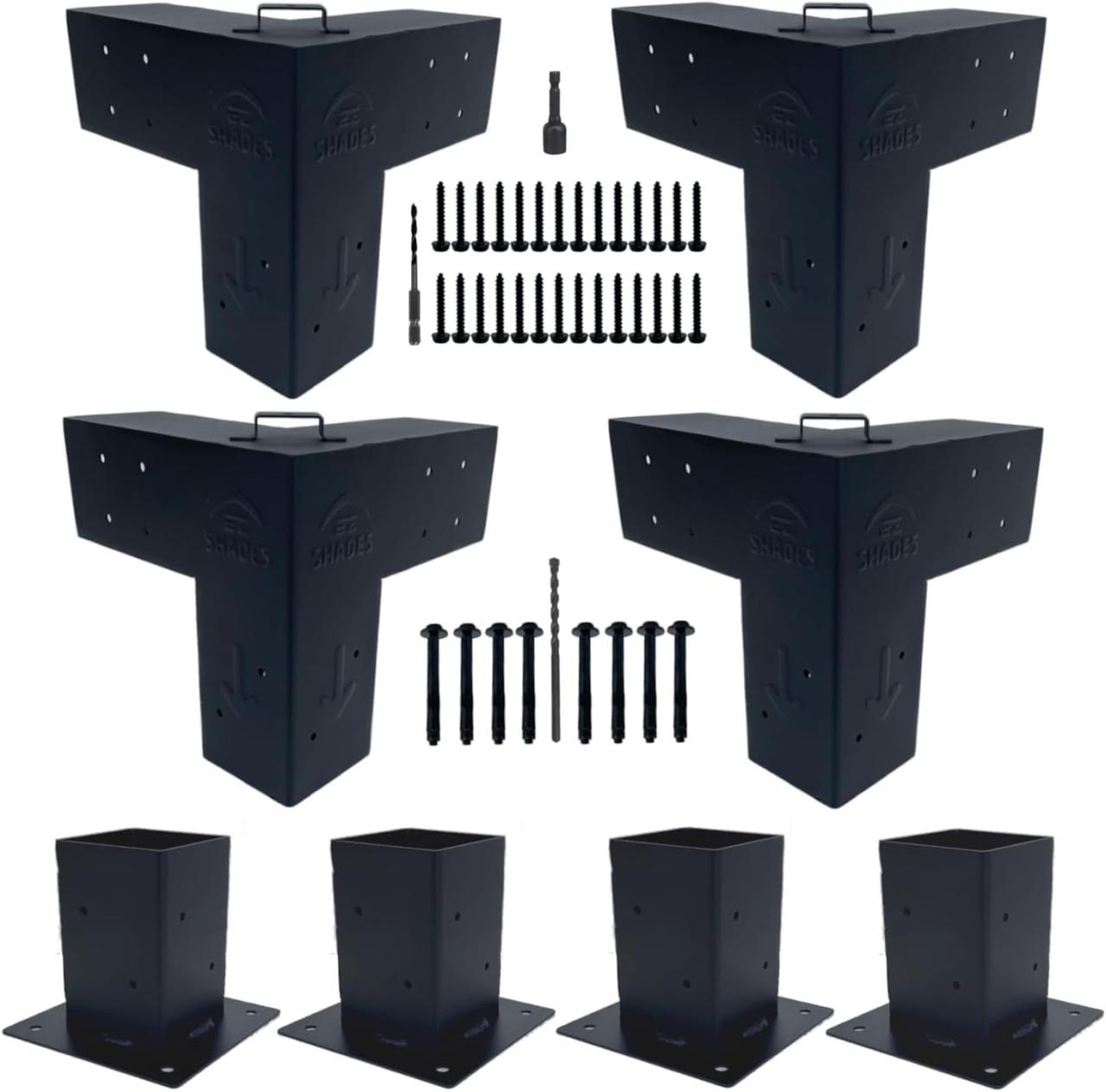

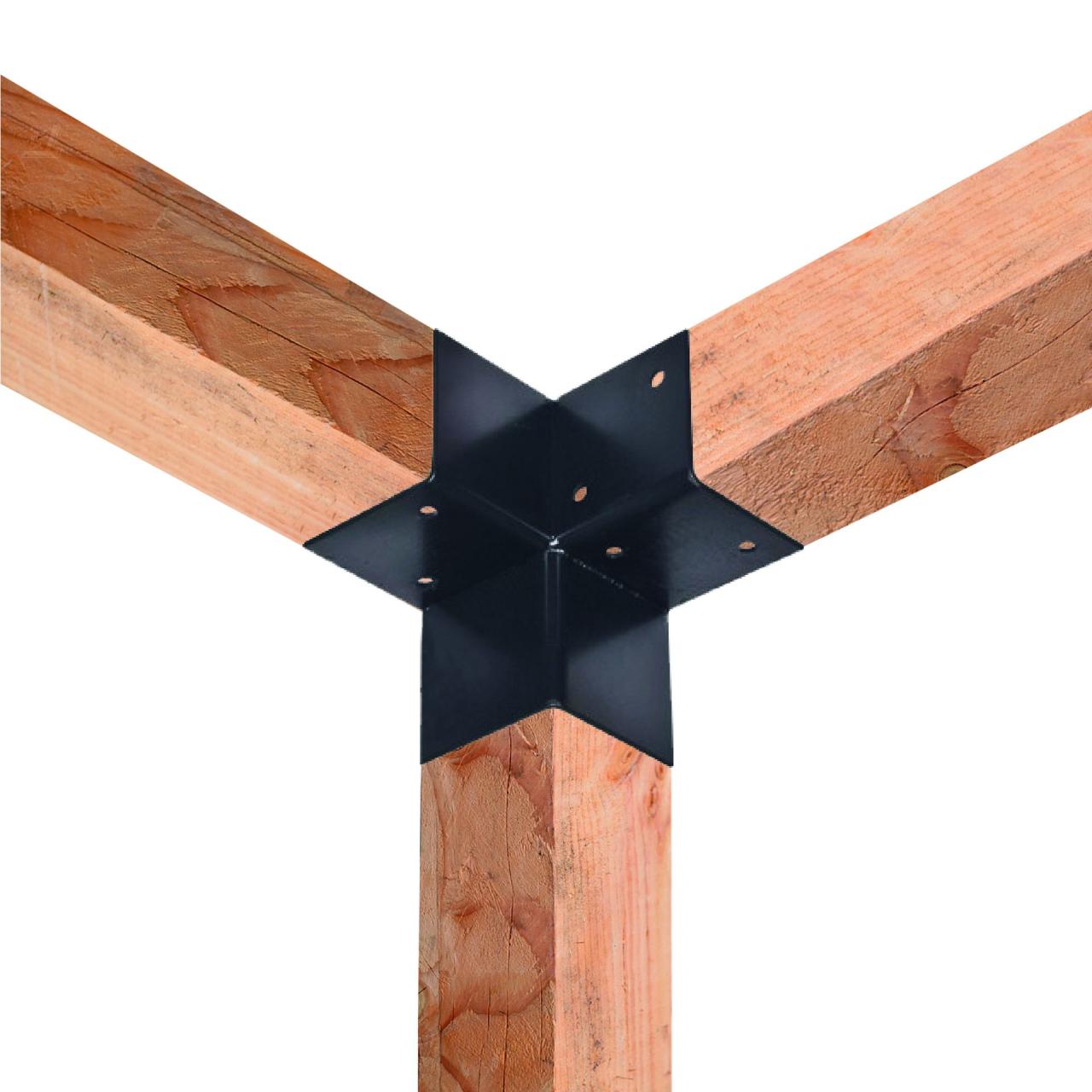

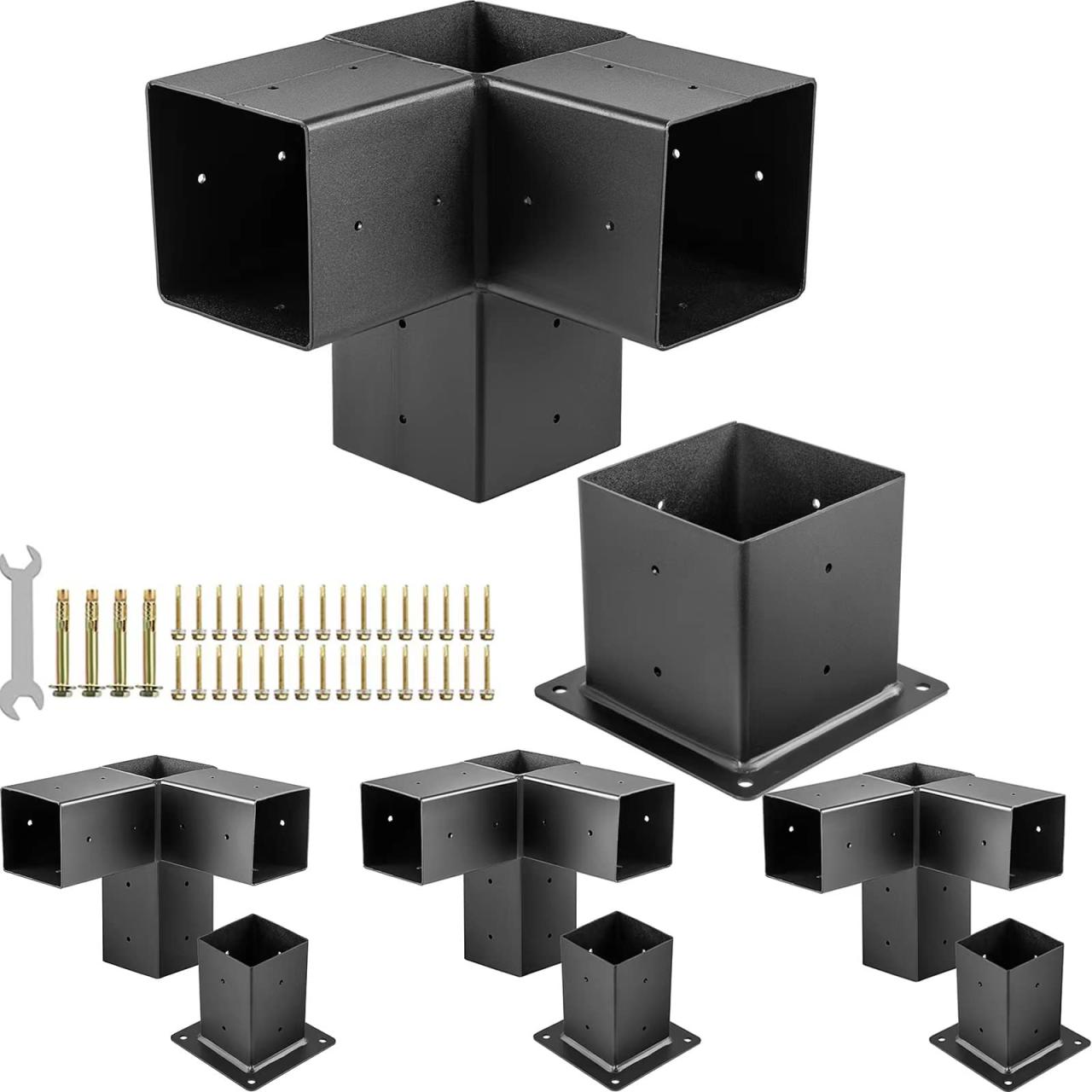
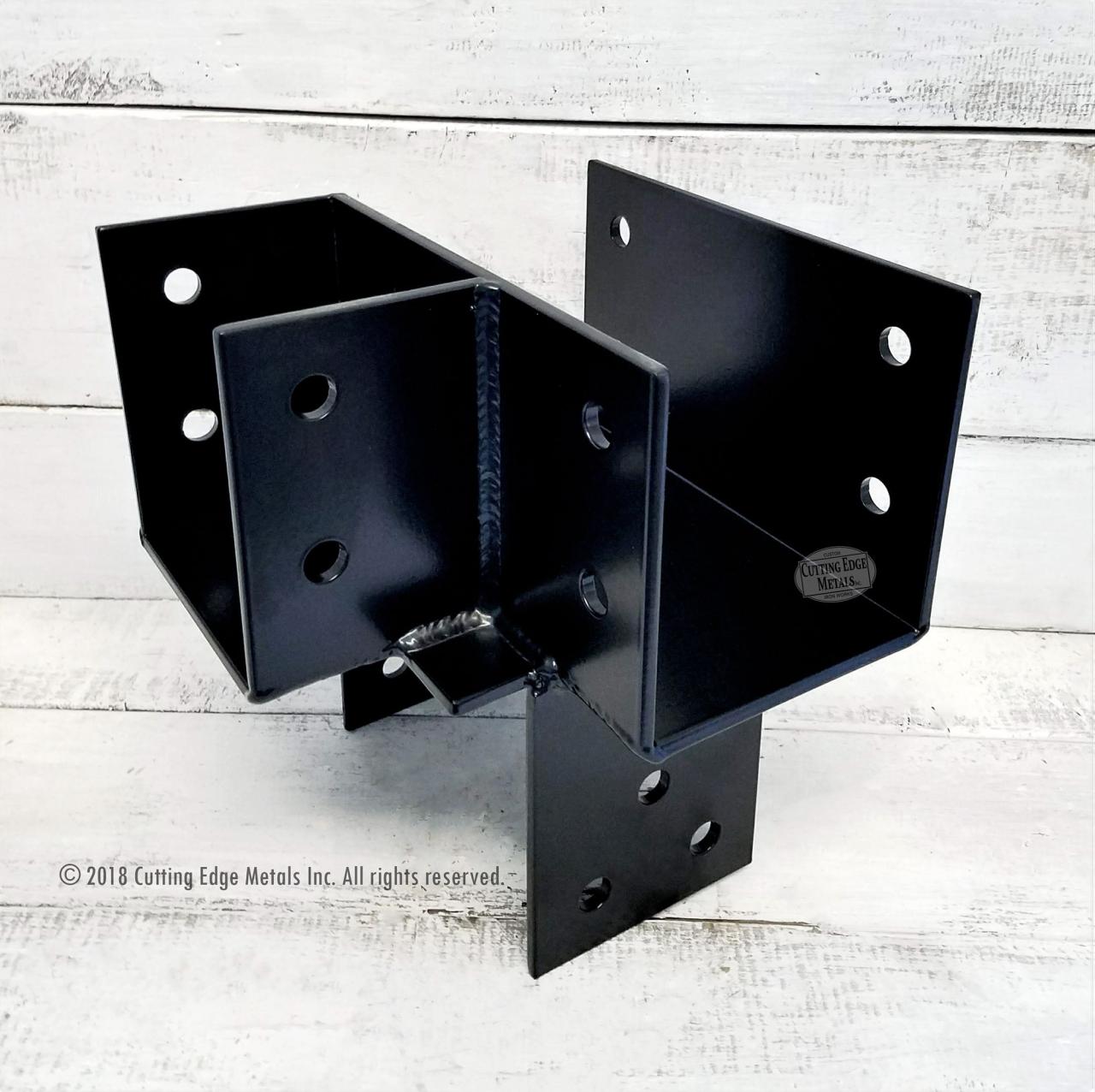

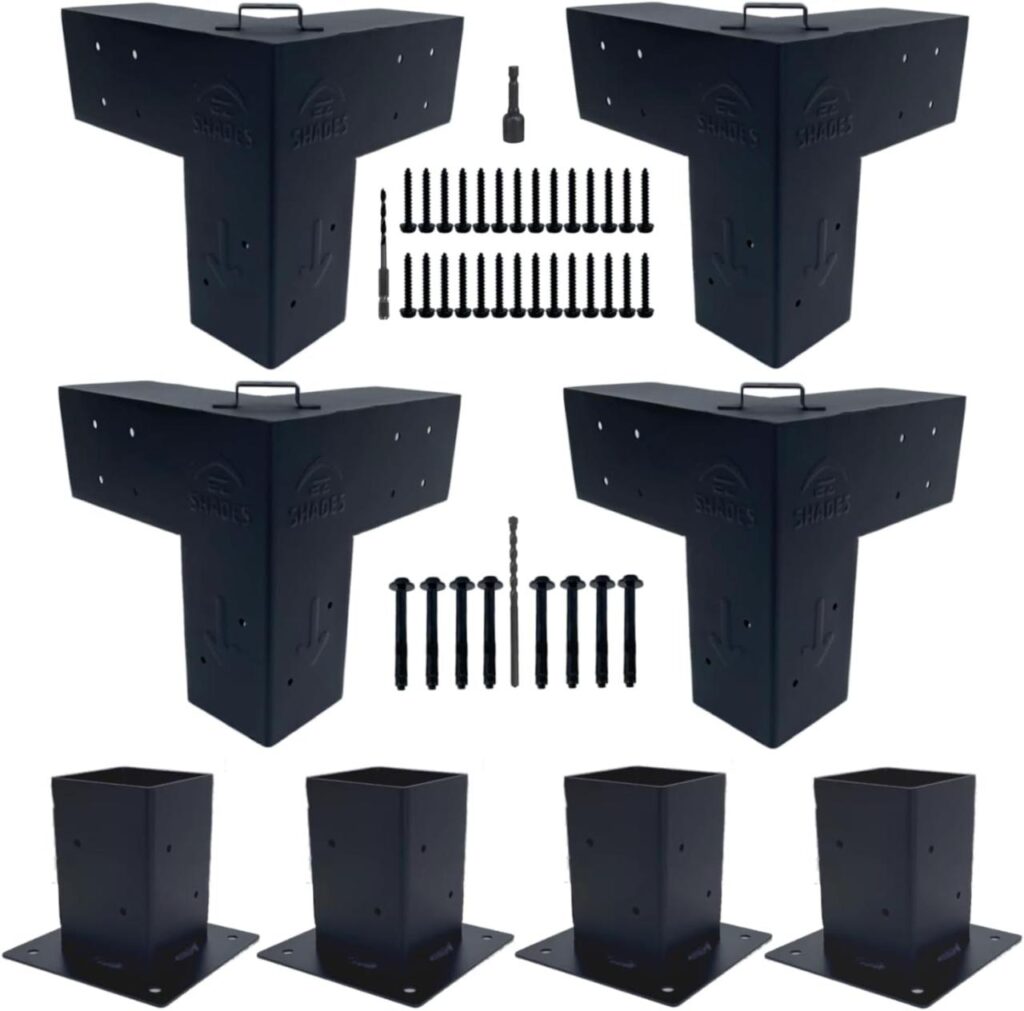
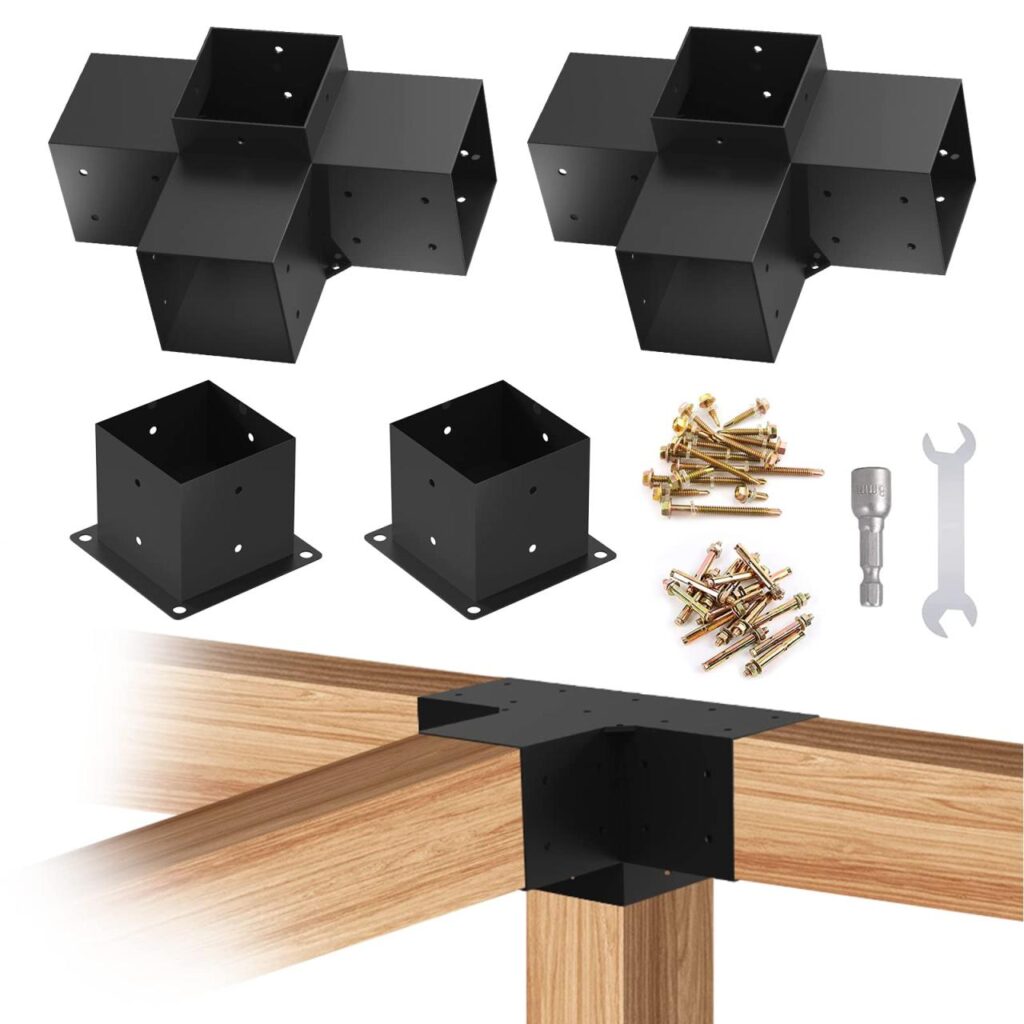
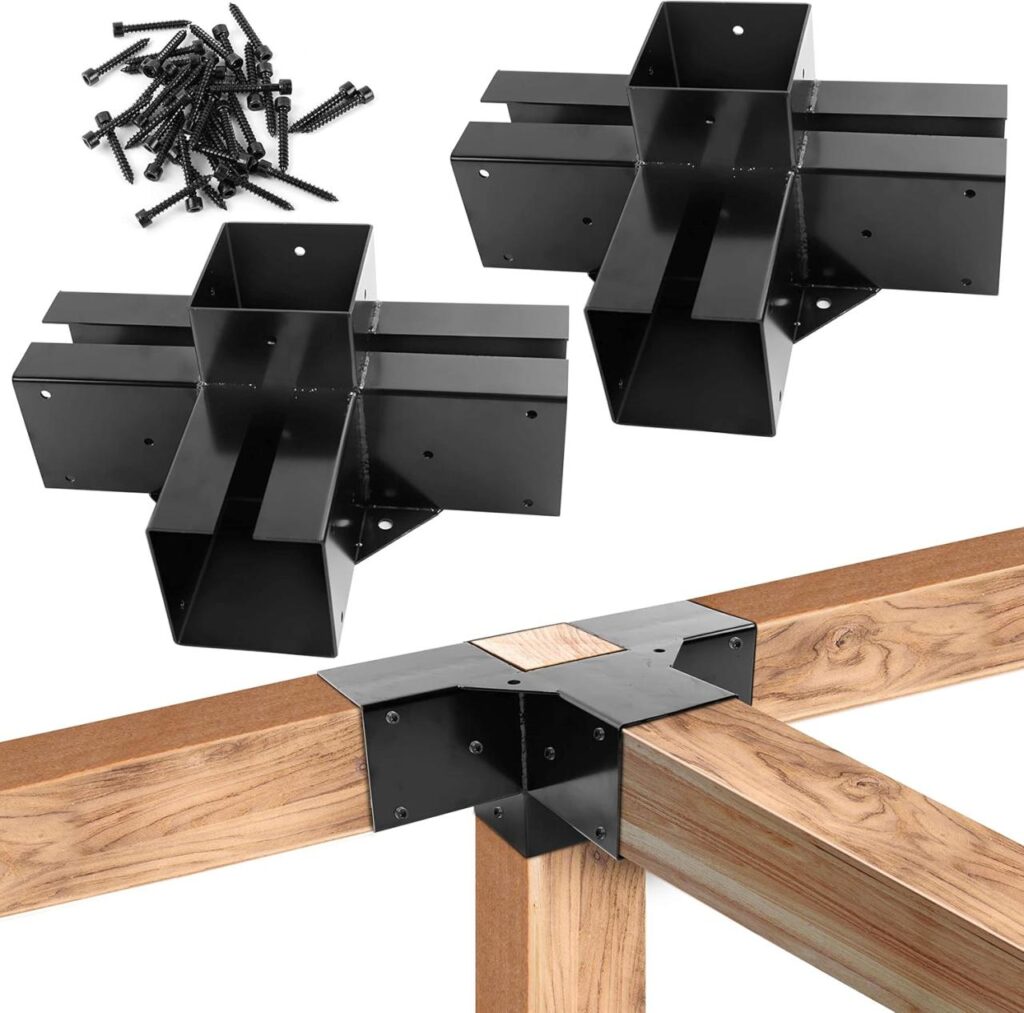

2 thoughts on “Angled Pergola Brackets: Enhance Aesthetics and Functionality”